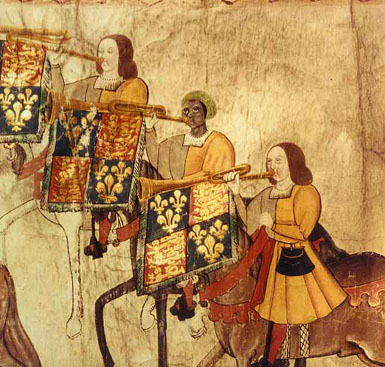Our next post in ‘The Voices of the People’ symposium (full programme here) is by Nikolas Funke, a Leverhulme Early Career Fellow in the University of Birmingham’s History Department. Here Nick explores another remarkable archival survival – a bag of letters written by ordinary soldiers and civilians during the Thirty Years’ War of the 17th Century – and asks a number of the same questions that we have seen directed at petitions: who really wrote them, and in what ways do they reflect the voices of ordinary people?
Nikolas Funke
In the summer of 1625, about seventy people created a bagful of letters which is now kept at the Hessen state archive in Marburg, Germany. Of the fifty-one letters contained in the file, about half were written by women to their soldier boyfriends, fiancés and husbands in the army of the Catholic League, the others by former hosts, relatives and friends, a few by the soldiers themselves. The soldiers had been quartered in the small towns of Allendorf, Eschwege, Witzenhausen and Schmalkalden for about two years previously and, as the letters attest, found friends and lovers among the civilian population. Now that the Danish king, Christian IV, had entered the conflict we now know as the Thirty Years War, the troops had marched north about two months before and were currently encamped near Bielefeld and Herford.
 I came across these letters when I was researching my doctoral dissertation on the religiosity of soldiers fighting in the Holy Roman Empire. Jan Willem Huntebrinker had used them in his terrific doctoral dissertation and they were an absolutely fascinating find because the letters challenge our perception of the relationship between soldiers and civilians quite fundamentally. In this contribution, I want to first of all show how important such rare finds that carry ordinary peoples’ voices across the centuries are to the historian and secondly address the question of whose voice we are actually hearing. Continue reading
I came across these letters when I was researching my doctoral dissertation on the religiosity of soldiers fighting in the Holy Roman Empire. Jan Willem Huntebrinker had used them in his terrific doctoral dissertation and they were an absolutely fascinating find because the letters challenge our perception of the relationship between soldiers and civilians quite fundamentally. In this contribution, I want to first of all show how important such rare finds that carry ordinary peoples’ voices across the centuries are to the historian and secondly address the question of whose voice we are actually hearing. Continue reading





